Evolving Minds: Teaching natural selection in third grade classrooms (2023)
Description
Evolution by natural selection is fundamental to understanding life, yet it is difficult to grasp because it is deeply counterintuitive. If we start early when students haven’t developed certain habits of mind, it’s easier to lay the foundation for them to understand natural selection. We have designed a 12-lesson unit and are testing it in four Massachusetts districts. Students show significant gains in grasping the mechanism of natural selection.
For more information about the curriculum: https://www.evolvingmindsproject.org/
NSF Award: 2009176
Discussion
This discussion took place during the TERC Video Showcase Event Nov. 14-21, 2023. Discussion is now closed.Presenters
Lead Presenter
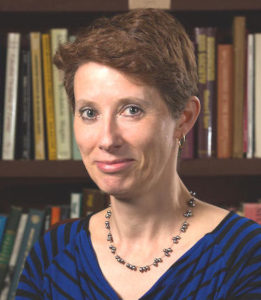
Deborah Kelemen
Boston University
Boston University
Co-Presenters

Gilly Puttick
TERC
TERC
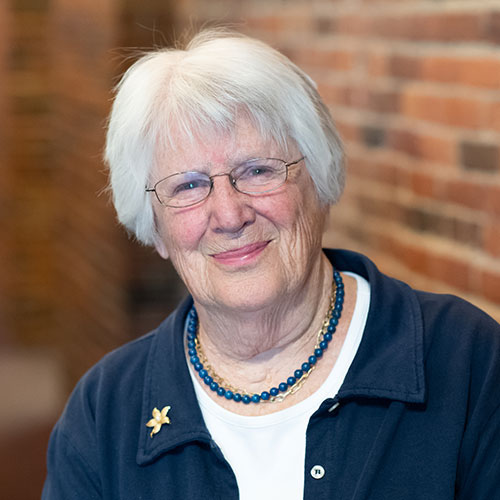
Sally Crissman
TERC
TERC

Sara Lacy
TERC
TERC
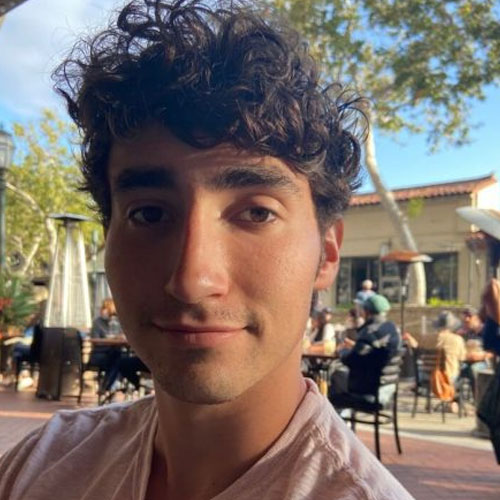
Eli Elster
Boston University
Boston University

Léa Combette
Boston University
Boston University

Aarti Bodas
Boston University
Boston University

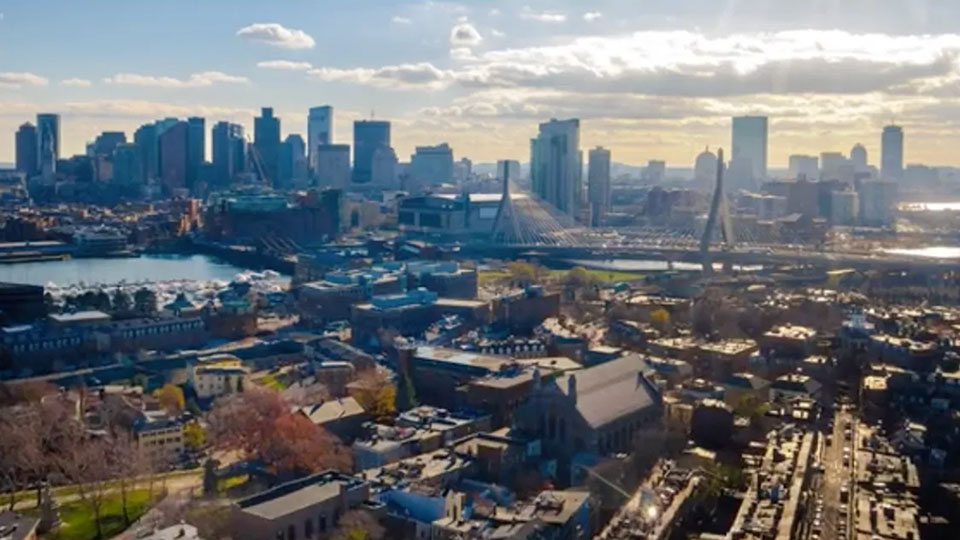
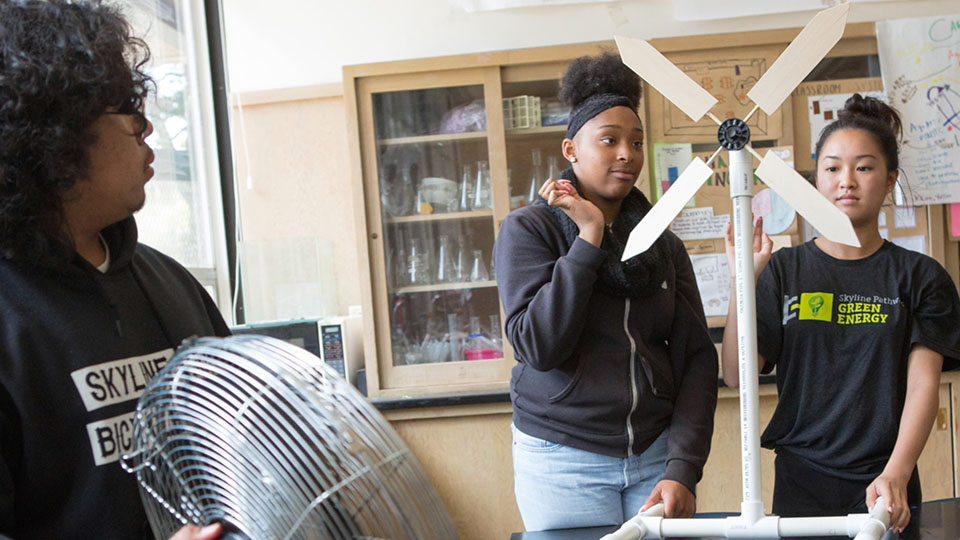
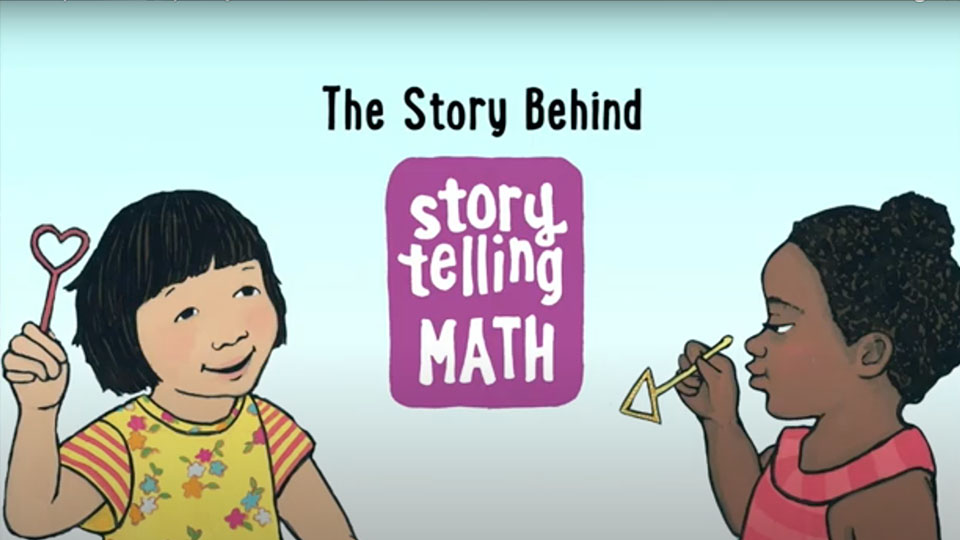
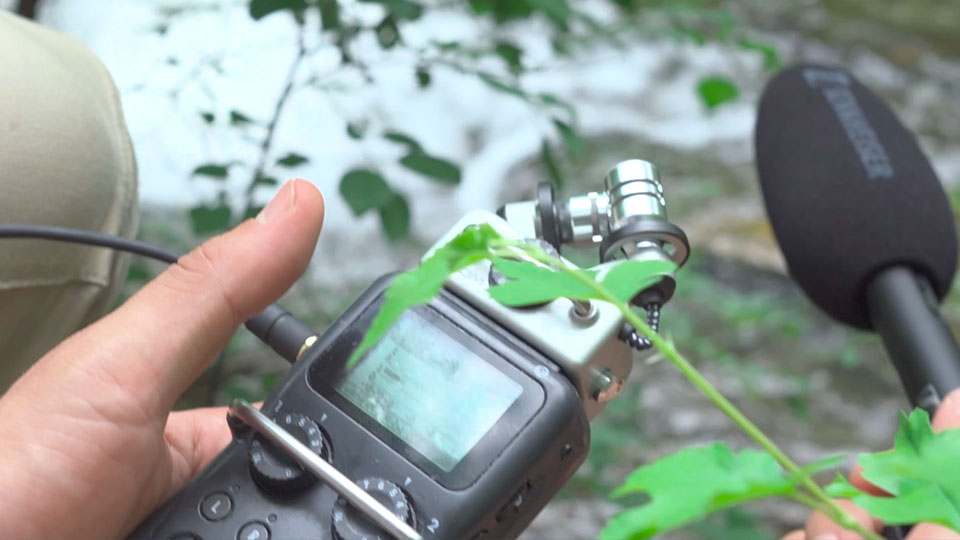
Has it been difficult to get buy in from the teachers or administrators? As I watched my own kids went through MA public schools (10ish years ago), I found so much emphasis at that level to be focused on reading and math, especially with the pressures of MCAS, etc. To me, these can and should all go together to help students learn all of the above!
I am curious about any evidence of persistence in learning among the kids using this curriculum? I have long assumed as a working hypothesis that learning about evolution should be grounded in some acquaintance with the problems that gave rise to the theory in the first place (variation, biodiversity, biogeography, apparent adaptations, and so on). Some acquaintance with these problems is what makes natural selection such an exciting and elegant way of thinking
(And it’s no secret that “natural selection” has been used in many different contexts since the late 1800s, often largely as a metaphor (from social darwinism to some theories of cosmology, neural development etc).
I noticed that the video mentions the use of story books. Are these books that have been developed specifically for these lessons? How are they integrated into the classroom activities?